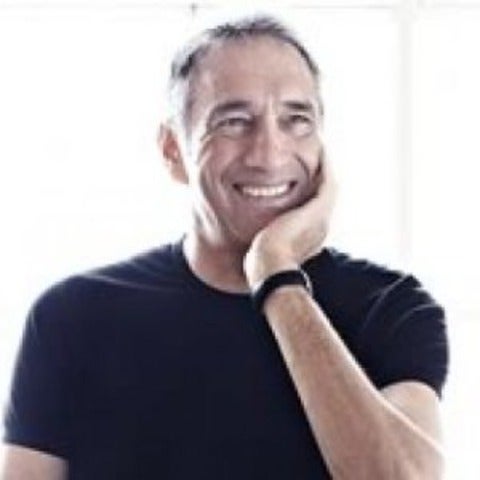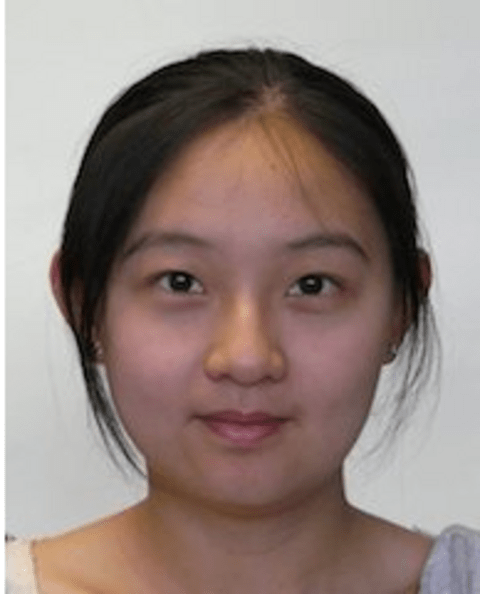Coupling surface acoustic waves to artificial atoms to study the phononic Lamb shift.
Thomas Aref, University of Illinois at Urbana-Champaign
My research focuses on probing superconducting quantum bits or qubits with acoustic radiation in the form of surface acoustic waves (SAWs). This allows the investigation of sound interacting with artificial atoms on a quantum mechanical level, i.e. quantum acoustics with traveling phonons. We can then reproduce findings from quantum optics with sound taking over the role of light, highlighting the similarities between phonons and photons.

 Featured Speaker: Dr. Ron Dembo
Featured Speaker: Dr. Ron Dembo
 Xiaodong Ma: Topological insulator and the quantum anomalous Hall effect
Xiaodong Ma: Topological insulator and the quantum anomalous Hall effect